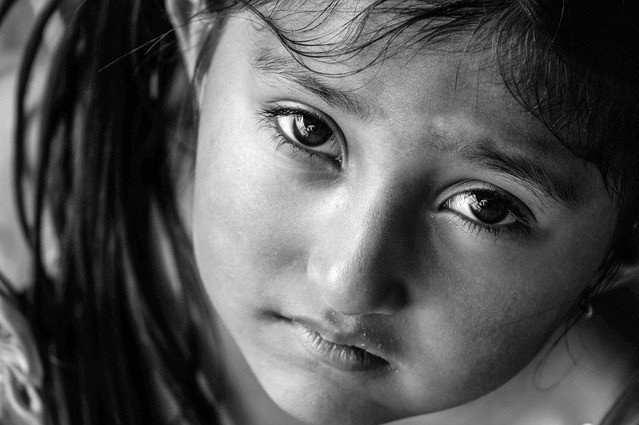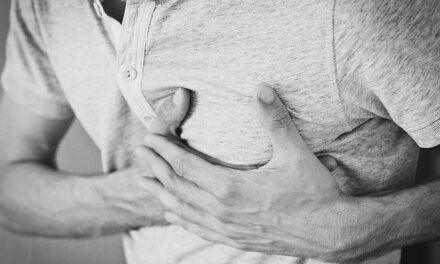Anxiety can be defined as a state of worries or nervousness. As the world is moving at a fast pace, so do the people are falling into much anxiety. In past decades’ anxiety was assigned mostly with adults, but these days, even children are being suffered from this state of mind.
If an adult is going through anxiety, it can easily be detected, but if your child is going through the condition, then it often becomes difficult for the parents to realize the circumstances.
Sometimes you may notice changes in your child behavior, although some parents may consider it as anxiety, but in actual it’s not. For example, a child may stop eating lunch at school or home or being stubborn for no reason. These can be a regular part of childhood, but in some cases due to anxiety in children too.
According to one article written by Dr Vicent Jannelli, it is stated that the current situation, a task that could be challenging and people being unfamiliar to kids may lead to the anxiety problems in children.
Dr Faith Cheng noted that sometimes anxiety might prove itself favorable for children as it can lead a child towards success in school and at home. However, as we know, it is reasonable to feel anxious in certain conditions, but it can be worrisome if a child is in the state of anxiety for most of the time.
GAD, also known as Generalized Anxiety Disorder, is the term which is referred to when we are speaking about severe anxiety.
An article by
Boston Children Hospital states that anxiety may happen to anyone, and the situation may become difficult for one to handle alone, especially if you are a child. There are few factors such as biological, environmental and family factors that may contribute to a child’s anxiety.
Anxiety can get so severe at times that it may cause illness, separations and even can force one to perform suicide.
Anxiety Symptoms in Children
According to Dr John Plancentini and Dr Lindsey Bergman experts in childhood psychology, the following are the physical and the emotional signs that are shown up as an anxiety issue in children.
● Complaints of headaches
● Stomach
Pain that has no proper reason medically
● Refraining from food
● Using the bathroom of their own home only but refuse to go to another bathroom
● Extra active or dull
● Shivering and sweating without a reason
● Restless or sleepless
● Crying and teary without a reason
● Becomes extra sensitive
● Being stubborn for no reason
● Consciously making mistakes
● Having nightmares and complaining of bad dreams
● Worrying about things that have no real impact, actually haven’t occurred or unlikely to happen.
We have covered in a past article about
Anxiety Symptoms for Women.
In addition to the above symptoms, anxiety symptoms are also being troubled from concentration, insomnia, fatigue and irritation. For falling under the condition of GAD, a child must observe carefully for the same for at least six months.
You may notice the changes in your child’s behavior at school or at home. He/she may not be able to control his/her emotions as a good indication that you need to organize a visit to the doctor, ideally to Paediatrist.
Types of Anxiety Disorders in Children and Adolescents
Anxiety in children can be divided into 5 types.
(i)
Generalized Anxiety Disorder (or GAD)
The disorder arises when anxiety is chronic, when one is under extra worries and tensions or when things are not that difficult as one is taking it.
(ii)
Obsessive-Compulsive Disorder (or OCD)
This is the category of reoccurring events when one is having a repetition of actions or anything. A child with OCD often performs the functions repetitively such as washing hands, cleanliness or many other functions.
(iii)
Post-traumatic stress disorder (or PTSD)
This disorder occurs after undergoing any terrifying situation. PTSD is relevant to the disorder in which the child is harmed.
(iv)
Social Phobia (or SP)
This disorder arises when one has fear to face or to speak in public either formally or informally. It also refers to the behavior when one is anxious to eat or drink in front of anyone.
(v)
Panic Disorder (or PD)
This disorder is accompanied by repeated physical problems such as pain in the chest, palpitation of heart, shortness of breath and abdominal symptoms.
Do you know the
Difference Between a Panic Attack and Anxiety Attack? And, the
Difference Between Panic Attack and Heart Attack? Not to forget some
Panic Attack Symptoms are Specific to Women. We have covered them all earlier.
Advantages of Anxiety in Children
Although it’s astonishing that how can one get advantage from anxiety but its scientifically proven there are some benefits.
Research shows that anxiety can prove to be positive until it has been diagnosed and progressed to an anxiety disorder. Childhood anxiety has somewhere been a source of motivation. It is also proved by the researchers that anxiety at a certain level can give a positive impact on the performance of sports personnel.
It’s also appeared that people with anxiety are more empathetic. They understand others well and accurately reflect the issues of others. Anxiety is also useful when one has goals to achieve its careers.
Disadvantages of Childhood Anxiety
A considerable portion of children caught-up with anxiety at some stage, but if it becomes an ongoing (or ‘chronic’) it can affect the standard of life. It may have a severe impact on your physical health. Your body retaliates towards anxiety by increasing the heart rate and sense of breathing.
It may turn into nausea if the anxiety becomes intense. Your child’s personal and social life gets profoundly impacted by the situation.
Anxiety affects your nervous system, and it may cause weight gain, your immune system gets affected, the child is unable to sleep properly and is often found sad and depressed.
Find out
Why You Can’t Sleep Through Night, here.
Conclusion
Anxiety in children has proved to be good until it turns into disorder. For eliminating the anxiety symptoms in children to teenagers group, parents must have a cordial relationship with their children as if the fair of parents may stop a child to mingle with its parents easily.
It is also important for parents to look after the activities of their children and monitor them well so that they may know what challengers their child is going through.









0 Comments